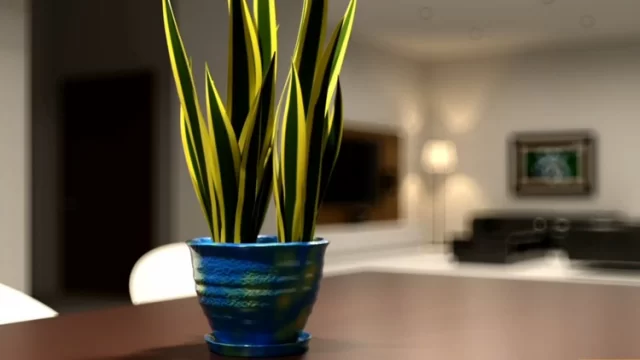
3ds Max: Rendering for Visualization Essential Course
Course Contents1- 3ds Max: Cinematography for VisualizationSection 1 - 63ds Max offers a full suite of powerful 3D camera features for design visualization, animation, and visual effects. This course covers core topics in camera rigging, animation, and special effects such as motion blur and depth of field. You'll apply the principles of live-action cinematography using the tools of 3D computer animation. Along the way, you'll learn best practices, both technical and aesthetic, in virtual cinematography. These techniques save time and effort by streamlining the camera animation process. The goal of this course is to help you more quickly and easily achieve professional results from the 3ds Max camera tools.2- 3ds Max & After Effects: Product VisualizationSection 7 - 123D visualization is a crucial aspect of 21st century product design, manufacturing, and marketing. This course illustrates a standard workflow for product viz, from importing a CAD model to rendering photorealistic imagery. It leverages the advanced tools of 3ds Max and the Arnold renderer to bring product designs to life in the production phases of scene layout, materials, lighting, and rendering. It also employs Adobe After Effects to composite and adjust render passes, giving you the ability to art-direct lighting without needing to re-render in 3D. The combination of 3ds Max and After Effects empowers artists and designers to render product visualizations with greater efficiency, flexibility, and creativity than ever before.3- 3ds Max : Advanced MaterialsSection 13 - 18Physically-based rendering (PBR) simulates the way light works in the real world. It achieves greater realism with less effort than traditional 3D rendering. This course is updated for 3ds Max 2019, and focuses on PBR shading techniques. The Physical Material simulates surfaces such as stone, glass, and metal. Instructor Aaron F. Ross also looks at building shading networks, and combining and adjusting maps in interesting ways. Procedural maps such as Substance deserve special attention, and you'll also see how to bake them out to bitmap files for cross-application and renderer compatibility. By the end of the course, you'll have a firm foundation in advanced shading workflows in 3ds Max.4- 3ds Max : Adcanced LightingSection 19 - 24Realistic lighting is easier, faster, and better than ever in 3ds Max. Photometric lighting and a choice of rendering options gives you the power to create a convincing illusion. This course focuses on architectural visualization, but the techniques apply to other domains such as motion picture production. Instructor Aaron F. Ross provides a conceptual overview of advanced lighting and rendering, then demonstrates how to construct various lighting scenarios in 3ds Max. You can see how to render scenes with exterior and interior daylight, practical artificial lighting, and manufacturer photometric data. The course includes a chapter on special effects such as light decay and atmospheres. By the end of the course, you'll have seen how to control the powerful lighting tools in 3ds Max to achieve photorealistic results.5- 3ds Max: Substance to ArnoldSectin 25 - 31Substance tools are now an industry standard when it comes to texturing 3D geometry in all areas of 3D. As Autodesk now includes the Arnold renderer as part of the base 3ds Max package, understanding how to use these two toolsets together is a must. In this course, discover how to use the substance-based toolset from Allegorithmic in conjunction with the Arnold renderer in 3ds Max. Instructor Brian Bradley explores the various workflow requirements and options for using the Substance Bitmap2Material and Designer applications with 3ds Max and Arnold.